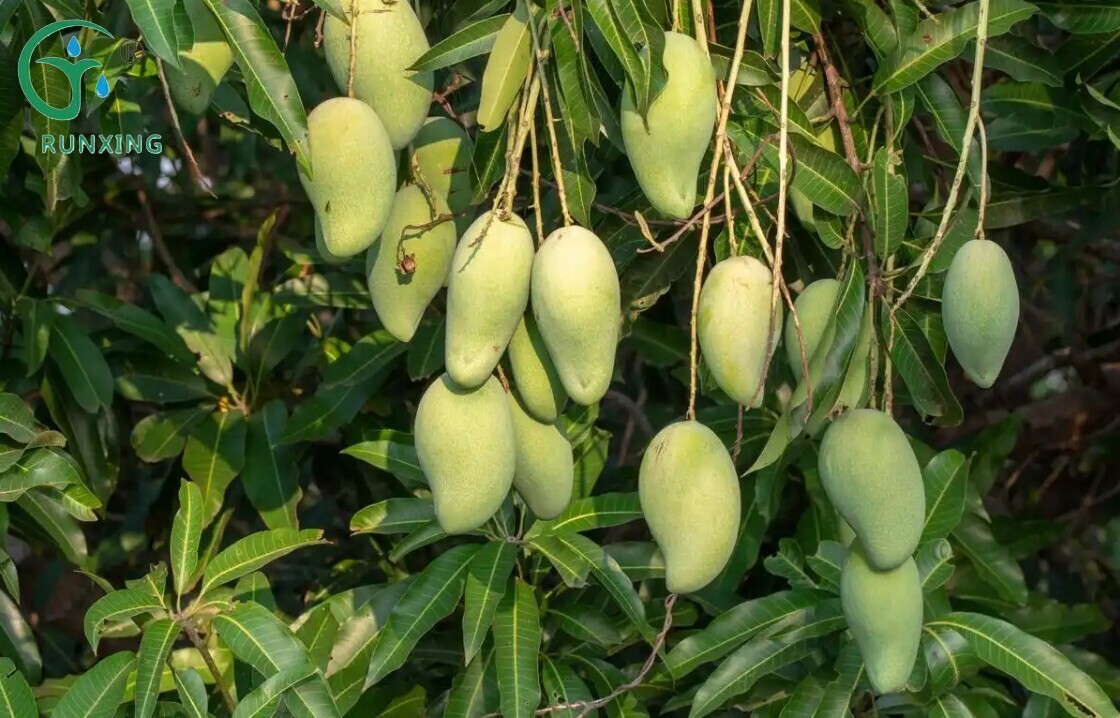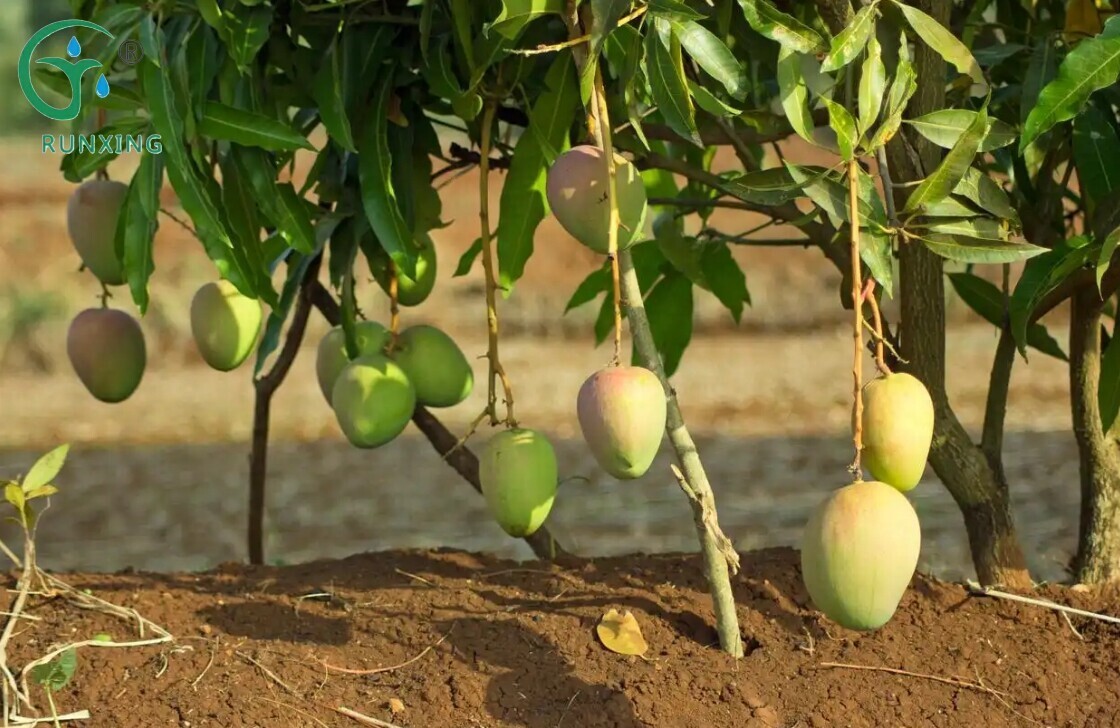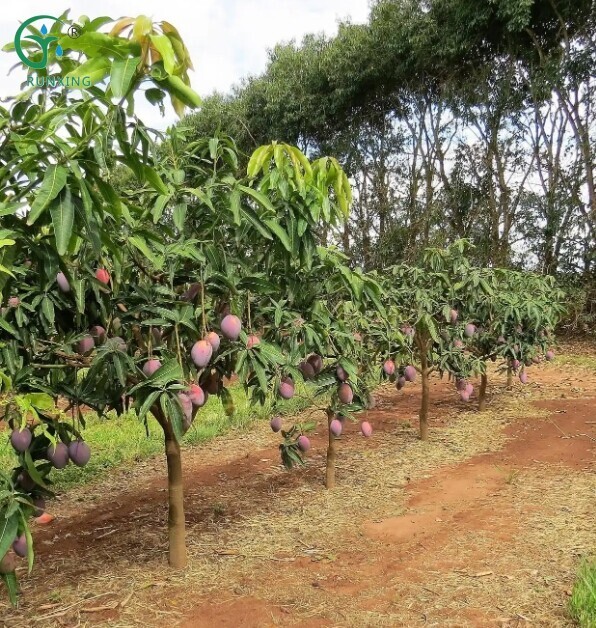Mango Cultivation in India and the Necessity of Drip Irrigation Systems
Mango, a tropical fruit originating from India, is beloved worldwide for its sweet taste and rich nutritional value. In India, mango cultivation boasts a long history and extensive cultivation areas. However, mango trees have high requirements for water management during their growth, especially during dry seasons. Efficient and precise water supply is directly related to the healthy growth and ultimate yield of mango trees. Therefore, drip irrigation systems play a crucial role in mango cultivation in India.

Does Mango Cultivation in India Require Drip Irrigation Systems?
The answer is yes. Mango trees have different water needs at various growth stages, such as flowering, fruiting, and enlargement periods. Each stage demands precise water management. Drip irrigation systems, with their water-saving, efficient, and precise irrigation advantages, are widely used in mango cultivation in India. This localized irrigation method not only significantly reduces water evaporation losses but also improves the utilization efficiency of irrigation water, meeting the water needs of mango trees at different growth stages.
What Drip Irrigation Equipment is Needed?
The drip irrigation equipment required for mango cultivation in India mainly includes:
- Water Source Filtration System: Commonly using 100-mesh nylon or stainless steel mesh for filtration to prevent impurities from blocking drippers.
- Drip Irrigation Pipeline System: Including main pipes, branch pipes, drip tapes or drippers, used to uniformly and slowly drip water into the soil in the form of droplets.
- Fertilizer Injector: Facilitating integrated water and fertilizer management to improve fertilizer utilization efficiency.
- Control Valves: Used to regulate irrigation volume and time, ensuring crops receive adequate water supply at critical times.

How to Lay and Install?
The steps for laying and installing drip irrigation equipment are as follows:
- Soil Preparation and Ridge Formation: Level the land and form ridges according to mango tree requirements, typically with ridge widths of 70-90 cm, trench widths of 50-60 cm, and ridge heights of 25-30 cm.
- Install Pipeline System: Install hoses in the underground trenches on the ridge surface, cover with mulching film after debugging. Connect the water delivery pipe in the middle of the main pipe to ensure even water pressure.
- Connect Fertilizer Injector: Connect the fertilizer injector to the drip irrigation system for subsequent integrated water and fertilizer management.
- Debugging and Inspection: After installation, conduct debugging and inspection to ensure the system operates normally without leaks or broken pipes.
How Much Water is Needed and How to Control It?
The water consumption of mango trees varies depending on growth stage, climatic conditions, soil type, and other factors. Generally, mango trees require more water during vigorous growth periods and less during dormancy. Drip irrigation systems can regulate irrigation volume and time through control valves for precise irrigation. In practical operation, water consumption should be flexibly adjusted according to the mango trees' growth needs and soil moisture. Meanwhile, regularly inspect the drip irrigation system to ensure no blockages or leaks, improving irrigation water utilization efficiency.
How to Better Cultivate Mangoes? What Are Some Cultivation Tips?
In addition to drip irrigation systems, the following cultivation tips also contribute to improving mango yield and quality:
- Soil Management: Choose sandy loam soil with deep layers, good drainage, and rich organic matter for mango cultivation. Regularly loosen soil, remove weeds, and maintain good soil structure.
- Light Management: Mangoes are sun-loving plants and should be planted in sunny locations to ensure adequate sunlight exposure.
- Fertilizer Management: Implement integrated water and fertilizer management combined with drip irrigation systems, reasonably fertilizing according to mango tree growth needs. Combine organic and chemical fertilizers to improve soil fertility.
- Pruning Management: Regularly prune mango tree branches to maintain a beautiful tree shape, promote ventilation and light penetration, and reduce the occurrence of pests and diseases.
- Pest and Disease Control: Strengthen pest and disease control efforts, regularly inspect mango tree growth, and promptly address pests and diseases when found.

In summary, drip irrigation systems play a crucial role in mango cultivation in India, improving irrigation water utilization efficiency and meeting mango trees' water needs at different growth stages. At the same time, combining scientific cultivation tips and management measures can further enhance mango yield.
If you have any needs, please contact us.
About Us
We are dedicated to offering innovative, water-saving, and labor-saving irrigation solutions for agriculture worldwide. Our focus on quality and continuous innovation drives the development and progress of the industry
LOGO
This stunning beach house property is a true oasis, nestled in a serene coastal community with direct access to the beach.
Opening Hours
Monday - Friday : 9AM to 5PM
Sunday: Closed
Closed during holidays
Contact
+18888888888
hezuo@eyingbao.com123 West Street, Melbourne Victoria 3000 Australia
